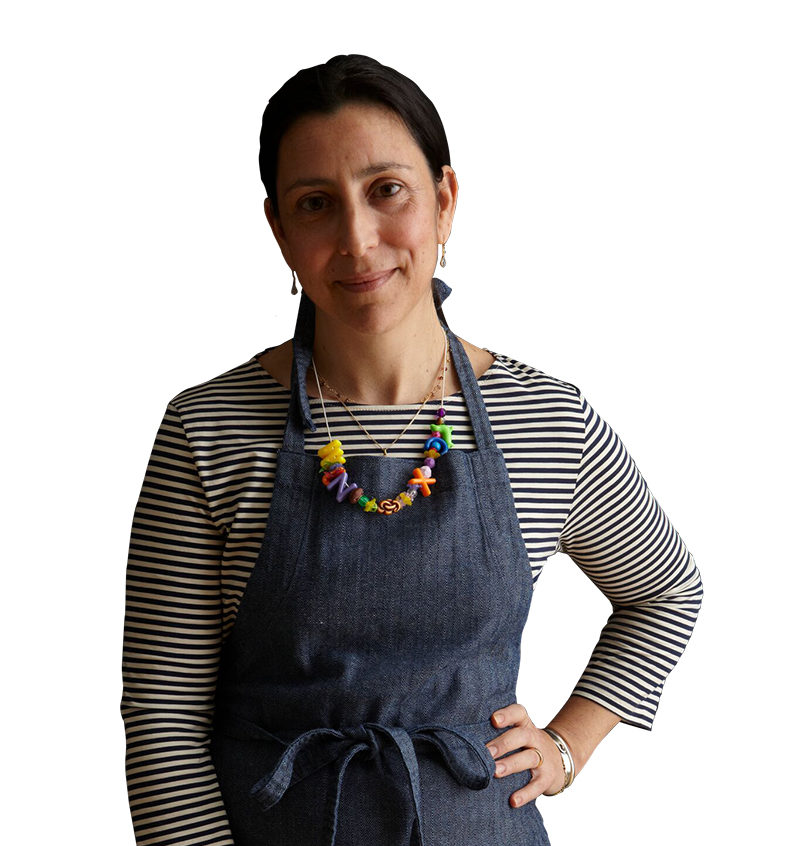Excerpt from Senegal: Modern Senegalese Recipes from the Source to the Bowl by Pierre Thiam and Jennifer Sit (Lake Isle Press, 2015).
A System of Rice Production, Broken
Africa produces more grains than any other continent. Oryza glaberrima, one of two principal varieties of rice that exist in the world, was born in West Africa. It is the same rice that was brought to the Americas through the slave trade along with the captives, experts in its cultivation. Those captives were taken to the Carolinas, among other places in the Americas. There, the new crop quickly became a boon to the economy, and was even nicknamed “Carolina Gold.” Among the captives were many Diola men and women from the Casamance region of Senegal, where part of my family originates and rice is held sacred.
The story of how our native rice became immensely successful across the Atlantic and neglected at home is a case study. Thiep (meaning “rice” in Wolof) is what Ivorians jokingly call Senegalese people. We are big rice consumers indeed. Rice is eaten more than any other grain in Senegal, but alas, only 45 percent of rice consumption is sourced locally. In a country where more than 30 percent of the daily caloric intake comes from rice, this reliance on such a heavily imported sustenance grain is alarming. According to research by the German Development Institute, “no other country in sub-Saharan Africa is so food-import-dependent, especially on one specific product: rice.”
Although rice production in West Africa has doubled since 1985, consumption has increased at an even higher rate due to population growth, further intensifying our dependence on rice imports. However, rice wasn’t always central to the staple diet in Senegal. During precolonial times, the main cereal was millet; rice production was for the most part limited to the confines of Casamance and its consumption elsewhere a luxury.
Senegal’s dependence on rice and its struggle to become self-sufficient dates back to colonial times, when the French imposed the cultivation of cash crops such as peanuts and cotton. The French heavily promoted the cultivation of peanuts in Senegal in order to produce peanut oil for European markets. We subsequently became one of the world’s leading exporters, producing almost one-quarter of the world’s peanuts in the early 1960s.
Since much of our farmland was now dedicated to cash crops, we began importing our subsistence crops. Indochina, whose rice production was also controlled by the French, conveniently became our supplier. The French imported cheap broken rice, which is considered an inferior, substandard product (the leftovers from rice processing) on the international market. Broken rice became the rice of choice in Senegalese households and, half a century since independence, that preference remains today, especially in urban areas. Embraced by the population, it became the favorite choice in the preparation of popular dishes such as thiebou jenn. According to the Food and Agriculture Organization of the United Nations (FAO), today more than 95 percent of the rice Senegal imports is broken rice, and we are in fact the largest market for the product worldwide, with rice coming from not only Thailand and Vietnam, but also India, Pakistan, and Brazil. Since urban markets represent 65 percent of Senegalese rice consumers, and 90 percent of the urban market buys imported broken rice, this preference is a key obstacle to shifting consumption to domestic rice.
The food crisis in 2008 was a harsh awakening for countries such as Senegal, showing how our large dependency on imported rice makes us incredibly vulnerable to the volatility in the international market. It was a key opportunity to turn to domestic rice, but the supply could not meet the demand. In response, the government invested heavily in initiatives for boosting domestic production. However, as the import prices for rice soared, the government temporarily eliminated tariffs and even subsidized imports to try to keep the prices low, which conflicted with the goals of their own domestic programs. What is at stake beyond the livelihoods of rice growers and those directly involved in the industry is the food security of an entire nation and the opportunity to alleviate poverty and bring economic growth.
Of course, achieving such self-sufficiency is no simple task. On the supply side, there needs to be a greater and more reliable marketable surplus. Right now, the supply chain is challenged by a number of issues including a lack of fertilizer and seed markets that function well, high transaction costs, and limited access to credit. Government programs have focused on increasing production, but they have largely ignored how to create a demand for local rice and bring it to market.
One of the biggest obstacles is the existing preference for broken rice and the perception that local rice is of low quality. The small informal mills that most harvesters use do not sort rice mechanically because it’s a task that rural households are used to taking on themselves at home. Ungraded conventional rice found at market is also usually a mix of varieties, sometimes of differing quality. So the first challenge is to upgrade the quality of the rice by improving the processing, milling, and drying. Such upgrades to infrastructure will surely require private sector investments. Once there is a high-quality product that aligns with consumer preferences, there are the challenges of bringing it to market and creating demand and awareness through branding, marketing, and promotion.
A few years ago, there was an experimental auction that showed that consumers in Dakar and Saint-Louis were willing to pay a premium price for branded, local, high-quality rice. There is amazing potential, but we seem stuck in an unsustainable system that our so-called independence hasn’t yet figured out a way to resolve. Meanwhile, our native and much more nutritious rice only barely survives thanks to its sacred place in Diola culture. Oryza glaberrima, aka the prized Carolina Gold across the Atlantic, patiently awaits the day that it will become “Senegal Gold.”
—Jennifer Sit


